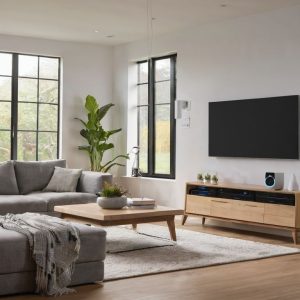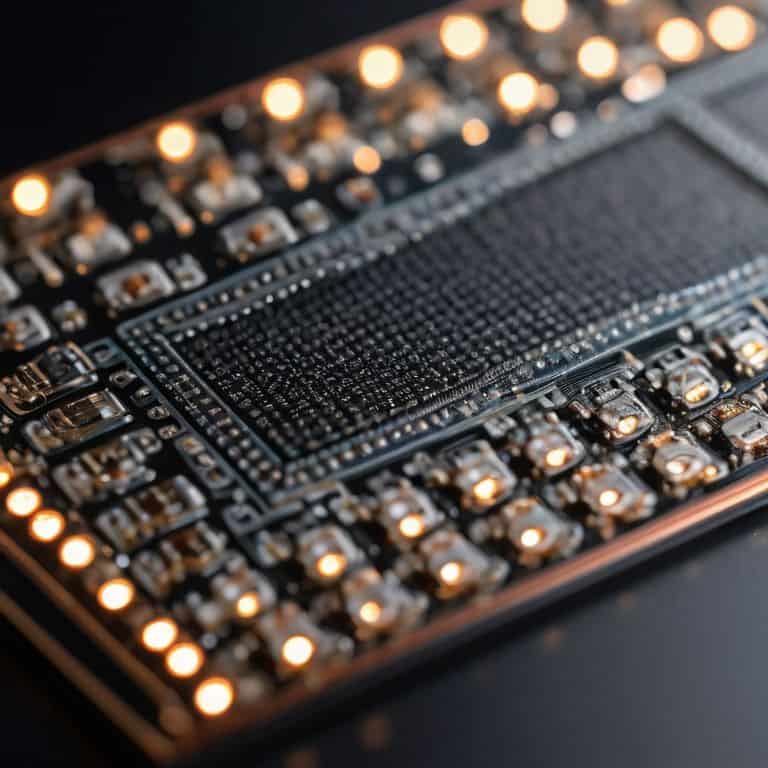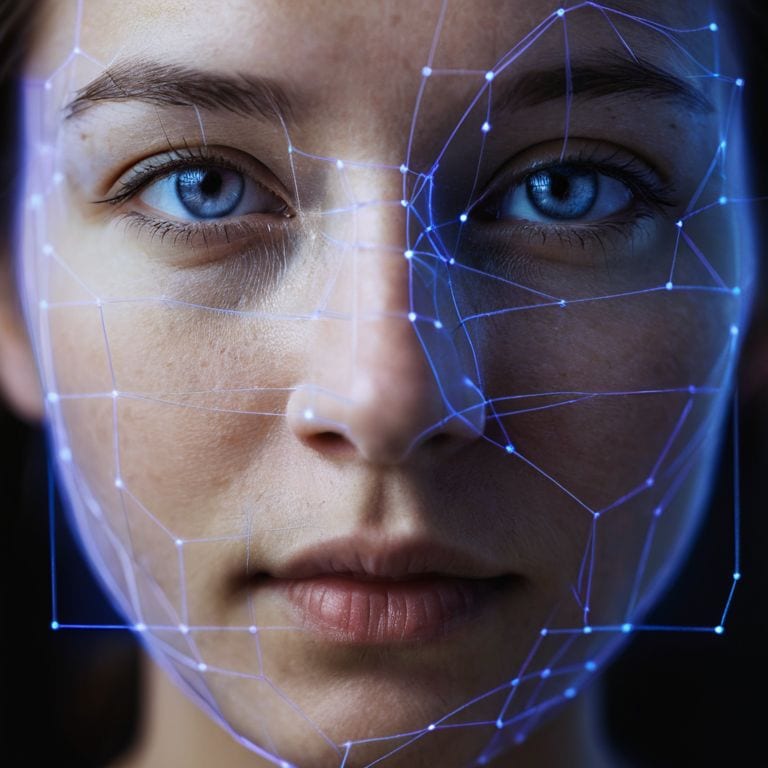I still remember the first time I heard someone explain what is mini-led technology in a way that sounded like a sales pitch. They made it sound like some revolutionary concept that was going to change the world, but all I could think was, “Wait, isn’t this just a bunch of small LEDs working together?” It felt like they were trying to make something simple sound complicated to impress me. As someone who’s worked with electronics for years, I’ve seen my fair share of overhyped tech, and I’m here to tell you that mini-led technology isn’t as mysterious as some people make it out to be.
In this article, I promise to give you the lowdown on what is mini-led technology, without any of the fluff or jargon. I’ll break it down in a way that’s easy to understand, using real-world examples and analogies that will make you go “aha!” By the end of this, you’ll know exactly how mini-led technology works, and you’ll be able to explain it to a friend in simple terms. My goal is to demystify the tech and give you a clear understanding of what makes it tick, so you can make informed decisions about the devices you use every day.
Table of Contents
What Is Mini Led Technology
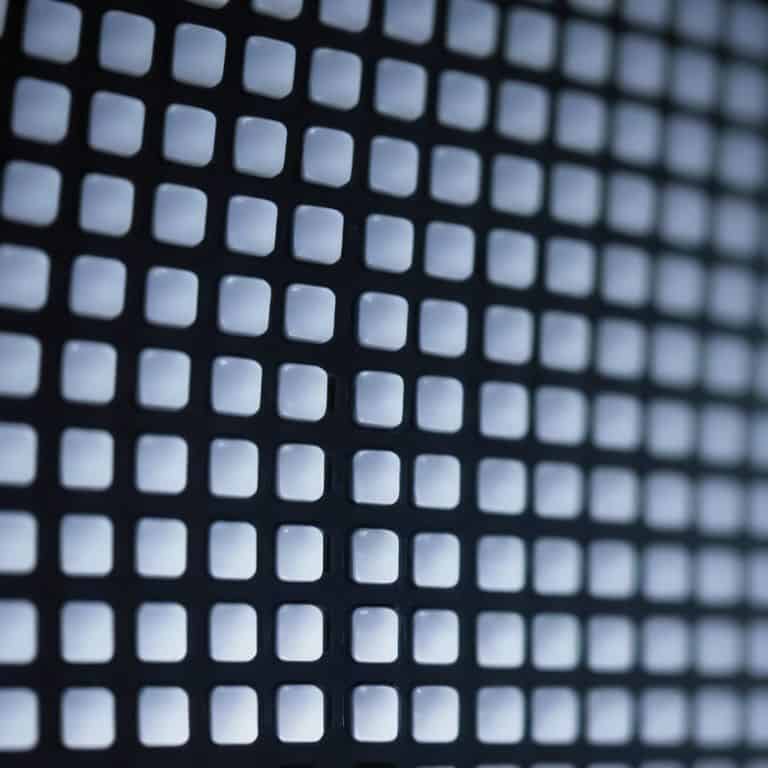
To understand mini LED technology, let’s dive into its core. Imagine a backlighting system where hundreds of small LEDs are arranged in a grid behind the LCD panel. This setup allows for local dimming, which means specific areas of the screen can be brightened or darkened independently. Unlike traditional backlighting methods, mini LED provides a more precise control over light distribution, resulting in improved contrast and color accuracy.
The mini LED system works by dividing the screen into smaller zones, each with its own set of LEDs. This zonal control enables more efficient use of light, reducing the overall power consumption and enhancing the viewing experience. When comparing mini LED vs OLED, it’s essential to note that while OLED panels can produce true blacks by turning off individual pixels, mini LED technology achieves similar results through its advanced local dimming capabilities.
One of the significant mini LED display advantages is its ability to improve contrast ratios. By adjusting the brightness of specific zones, mini LED can create a more immersive experience, especially in scenes with a mix of bright and dark areas. This technology is particularly noticeable in mini LED TVs, which often boast better color accuracy and deeper blacks compared to traditional LED TVs. The mini LED backlighting explained in simple terms is a system that uses many small LEDs to create a more dynamic and engaging visual experience.
Local Dimming in Mini Led the Game Changer
When it comes to enhancing the visual experience, local dimming is a crucial aspect of mini LED technology. This feature allows for a more precise control over the brightness of different areas on the screen, creating a more immersive experience. By dividing the screen into smaller zones, local dimming can make dark areas truly dark and bright areas shine, which is especially noticeable in scenes with high contrast.
The impact of local dimming on overall picture quality is significant, with deeper blacks being a notable improvement. This is because the mini LEDs can be turned on and off independently, reducing the blooming effect that can occur when a single light source is used to illuminate the entire screen. As a result, the image appears more detailed and engaging, drawing the viewer into the scene.
Mini Led vs Oled the Display Showdown
When it comes to display technologies, two of the most popular options are Mini LED and OLED. But how do they compare? In terms of brightness, Mini LED tends to have an edge, making it a great choice for watching videos or playing games in well-lit rooms. However, OLED displays are known for their incredible contrast and color accuracy, which can create a more immersive viewing experience.
In the end, the choice between Mini LED and OLED often comes down to personal preference. If you want a display that can produce a wide range of colors and inky blacks, OLED might be the way to go. But if you’re looking for a screen that can get really bright and handle fast-paced content with ease, Mini LED is definitely worth considering.
Unlocking Mini Led Display Advantages
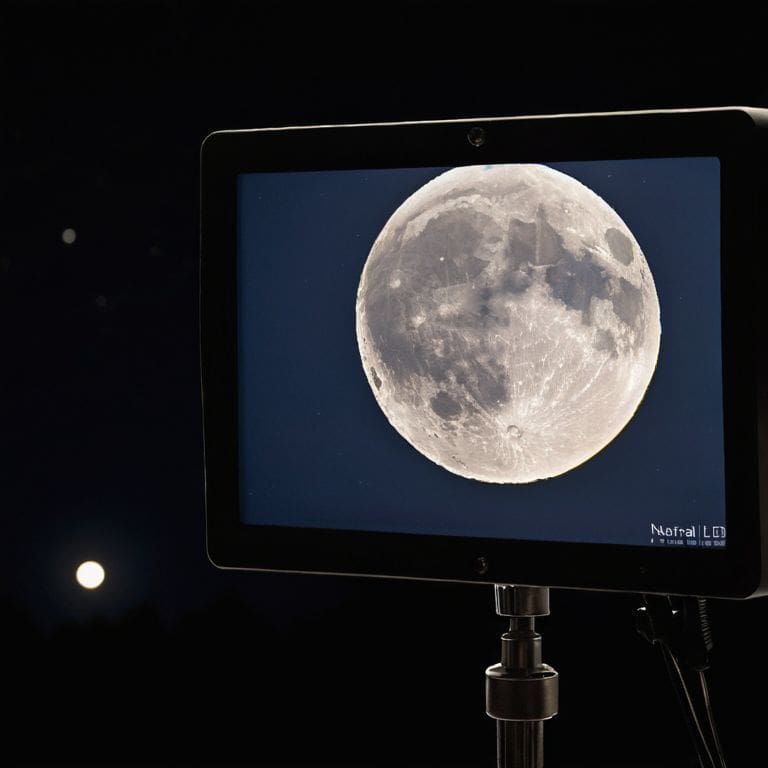
When it comes to mini led display advantages, one of the most significant benefits is the improvement in contrast ratio. This is achieved through local dimming in mini led, which allows for more precise control over the backlighting. By dividing the screen into smaller zones, mini LED technology can dim or brighten specific areas, resulting in a more immersive viewing experience.
In comparison to OLED displays, mini LED TVs offer a unique set of advantages. For instance, mini led vs oled often comes down to the issue of burn-in, which is less of a concern with mini LED due to its use of a backlight. Additionally, mini LED can produce higher peak brightness levels, making it a great option for viewing in brightly lit rooms.
The use of mini LED backlighting explained in simple terms is like a plumbing system, where the backlight is divided into smaller, more manageable sections. This allows for more efficient and effective control over the lighting, resulting in a better overall picture quality. With how mini led improves contrast, the result is a more engaging and lifelike image, making it an attractive option for those looking to upgrade their viewing experience.
How Mini Led Improves Contrast a Deeper Dive
As I delve into the world of mini-LED technology, I’m excited to share with you how it significantly enhances the viewing experience. One of the key advantages of mini-LED is its ability to boost contrast ratios, making the colors on your screen more vivid and lifelike. This is achieved by precisely controlling the backlight, allowing for a more nuanced display of both bright and dark areas.
Think of it like a plumbing system, where the mini-LEDs are the valves that regulate the flow of light. By fine-tuning these valves, the technology can create a more immersive experience, with true blacks and sparkling highlights. This level of control is what sets mini-LED apart from other display technologies, and it’s a major reason why it’s becoming increasingly popular in high-end devices.
Mini Led Tvs vs Qled the Ultimate Comparison
When it comes to choosing the perfect TV, the debate between Mini LED and QLED can be overwhelming. But, let’s break it down in simple terms – think of it like comparing two different types of water pipes. Mini LED TVs use a local dimming technique, which is like having multiple smaller pipes that can be controlled separately, allowing for more precise light control.
In contrast, QLED TVs are like having a single, large pipe that distributes light evenly, but might not be as efficient in certain areas. The key difference lies in how they handle backlighting, with Mini LED offering more precise control, resulting in better contrast and deeper blacks.
5 Essential Takeaways to Understand Mini-LED Technology
- Think of mini-LED technology like a super-efficient plumbing system – instead of one big valve controlling the flow, you have many small valves working together to provide precise control, which translates to better contrast and color accuracy on your screen
- Mini-LEDs are not just about more LEDs, but about how they’re controlled – local dimming allows different areas of the screen to have different brightness levels, which is a huge advantage over older technologies
- When comparing mini-LED to OLED, remember that mini-LED is like a team of specialists working together, while OLED is like a single, highly skilled athlete – both have their strengths, but they achieve greatness in different ways
- To truly appreciate mini-LED, you need to understand how it improves contrast – imagine you’re watching a movie with a scene that has both very bright and very dark areas, mini-LED helps to make those bright areas shine and those dark areas stay deep, without compromising on the overall picture quality
- Lastly, don’t get lost in the alphabet soup of display technologies – mini-LED, QLED, OLED – each has its unique benefits, but mini-LED stands out for its ability to offer high contrast, wide color gamut, and high brightness, making it a strong contender in the world of display tech
Key Takeaways: Unlocking the Power of Mini-LED Technology
Mini-LED technology enhances display performance by utilizing a large array of small LEDs to achieve improved contrast and color accuracy, making it a significant advancement in screen technology
The local dimming capability in Mini-LED displays allows for more precise control over brightness and darkness, resulting in a more immersive viewing experience with deeper blacks and more vivid colors
Compared to OLED and QLED technologies, Mini-LED offers a unique balance of picture quality, power efficiency, and cost-effectiveness, making it an attractive option for those seeking high-performance displays without the hefty price tag
Demystifying Mini-LED
Mini-LED technology is like a master plumber for your screen – it precisely controls the flow of light to bring you vibrant colors, inky blacks, and a viewing experience that’s simply ‘fluid’!
Chloe Brennan
Unlocking the Power of Mini-LED: A Brighter Future

As we’ve explored the world of mini-LED technology, it’s clear that this innovative display solution offers a significant improvement over its predecessors. From the local dimming capabilities that enhance contrast and color accuracy, to the comparisons with OLED and QLED technologies, it’s evident that mini-LED is a game-changer. By understanding how mini-LED works and its advantages, we can appreciate the science behind the screen and make informed decisions when choosing our next device. Whether you’re a tech enthusiast or just someone who loves watching your favorite shows, mini-LED technology is definitely worth getting excited about.
As we move forward in this era of rapid technological advancements, it’s essential to stay curious and keep asking how does it work?. By demystifying complex technologies like mini-LED, we can empower ourselves with knowledge and unlock new possibilities. So, the next time you’re watching your favorite movie or playing a game on a mini-LED display, remember the incredible technology that’s bringing it all to life, and who knows, maybe you’ll even be inspired to build your own DIY electronics project and experience the thrill of creation for yourself.
Frequently Asked Questions
How does mini-LED technology compare to traditional LED displays in terms of power consumption?
Think of it like a house with many small light bulbs vs one big lamp. Mini-LEDs use lots of tiny LEDs, which can be turned on and off independently, reducing power waste. Traditional LED displays, on the other hand, use a few large lamps that always stay on, even when not in use, consuming more power overall.
Can mini-LED TVs achieve true blacks like OLED panels, or are there limitations to their local dimming capabilities?
Think of mini-LED local dimming like a faucet with many small valves. While it can significantly reduce light leakage, it’s not a complete shut-off. Mini-LEDs can get very close to true blacks, but may not quite reach OLED levels due to potential residual light from neighboring zones.
Are there any potential drawbacks or limitations to using mini-LED technology, such as viewing angle restrictions or color accuracy issues?
Now, let’s talk about the potential drawbacks of mini-LED tech. Think of it like a super-efficient plumbing system – it’s great, but it can still get clogged. Similarly, mini-LEDs can have limitations like reduced viewing angles or slight color shifts, but these are being actively improved with new designs and innovations.

